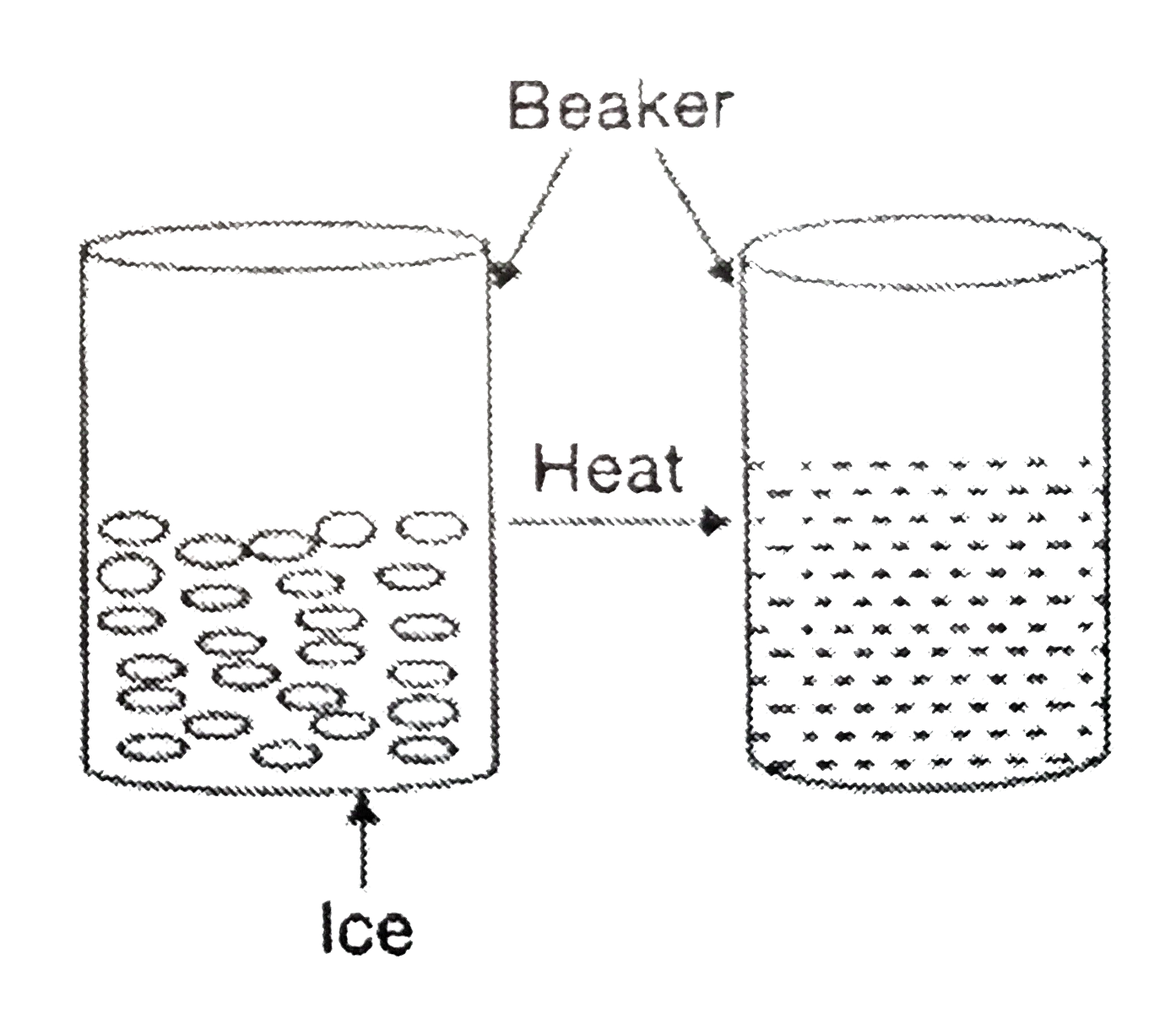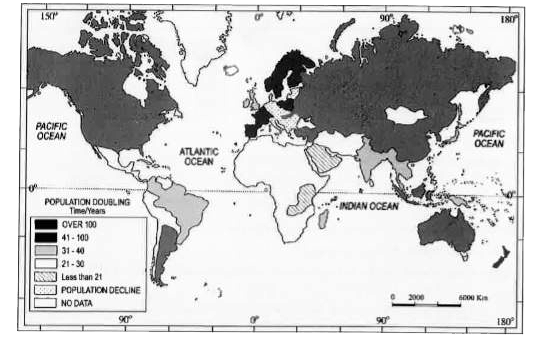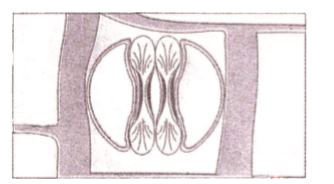Study the given slide of sclerenchyma plant tissue and answer the following questions :
(i) Name the composition of lignin deposited uniformly on its secondary walls.
(ii) Name atleast twp plants whose sclerenchyma fibres are commerically exploited.
(i) Lignin is a complex polymeric molecules composed of phenyl propanoid units associated with cellulose.
(ii) Jute and hemp.
Topper's Solved these Questions
- TISSUESBOOK - PRADEEPCHAPTER - TISSUESEXERCISE - Long Answer Questions
15 Videos
- TISSUESBOOK - PRADEEPCHAPTER - TISSUESEXERCISE - Additional Questions (very short answer questions)
46 Videos
- TISSUESBOOK - PRADEEPCHAPTER - TISSUESEXERCISE - NCERT Exampler Problems
33 Videos
- THE FUNDAMENTAL UNIT OF LIFE BOOK - PRADEEPCHAPTER - THE FUNDAMENTAL UNIT OF LIFE EXERCISE - ANALYTICAL
11 Videos
Similar Questions
Study the diagram given below and answer the following questions.

(a) Does the composition remain the same
(b) Name the type of change involved .
(c ) Write any two characteristics of the above change.
View SolutionStudy the given map and answer the following questions:

(i) Name the nations having high density of population in Asia.
(ii) Name the nations having less than one person of pupulation density.
(iii) Give appropriatge reasons for the above two questions.
View Solution
Knowledge Check
Study the given diagram and give answer of questions a,b and c.

(a) Name of plant ?
(b) Clas of plant ?
(c) Ploidy of rhizoids ?A(a)(b)(c)sphagnumLycopsidaHaploidB(a)(b)(c)FunariaMossHaploidC(a)(b)(c)FunariaLiverwortDiploidD(a)(b)(c)MarchantiaMossHaploid
Given below is a figure of an ecosystem. Answer the following questions?

(i) What type of ecosystem is shown in the figure?
(ii) Name any plant that is characteristic of such ecosystem.
View SolutionStudy the prepared slide of striated muscles fibres and answer the following questions :
(a) Are striated muscles voluntary or involuntary in action ?
(b) Why are these called striated muscles fibres ?
(c) Where are these present in human body? Name any two regions/parts.
What is the function of striated muscles ?
View Solution
Study the given map and answer the following questions: <
(i) Name the nations that take a very long time to double their population ? Why?
(ii)Which are the nations taking about 31 to 40 years to double their population ? Why ?
View SolutionStudy the diagram given below and answer the following questions.

(a) Does the composition remain the same?
(b) Name the type of change involved.
(c ) Write any two characteristics of the above change.
View SolutionIn the following table, the positions of six elements A, B, C, D, E and F are given as they are in the Modern Periodic Table:

On the basis of the above table, answer the following questions:
(i) Name the element which forms only covalent compounds. (ii) Name the element which is a metal with valency three. (iii) Name the element which is a non-metal with valency three. (iv) Out of B and C, whose atomic radius is bigger and why? (v) Write the common name for the family to which the elements D and F belong.
View SolutionObserve the figure and answer the following questions:
(i) Name parts a and b.
(ii) Are these types of stomata observed in monocot or in dicot plants?
(iii) Which parts shown in figure constitute the stomatal apparatus?

View SolutionStudy the following table in which positions of six elements A,B,C,D,E and F are shown as they are in the modern periodic table.

On the basis of the above table, answer the following question :
(i) Name the element which form only covalent compounds.
(ii) Name the element which is a metal with valency three.
(iii) Name the element which is a non-metal with valency three.
(iv) Out of D and E, which is bigger in size and why ?
(iv) Write the common name for the family to which the elements C and F belongs.
View Solution
